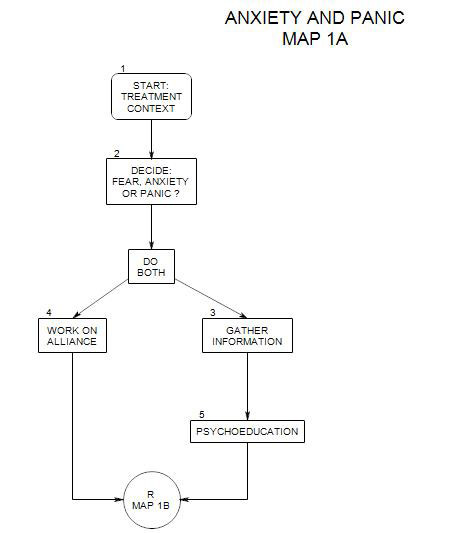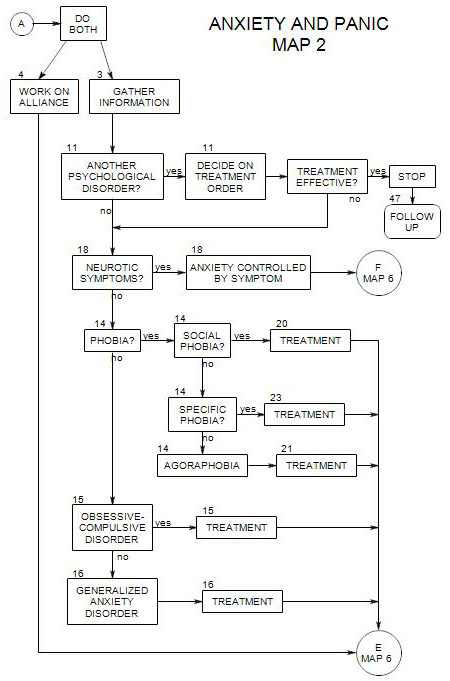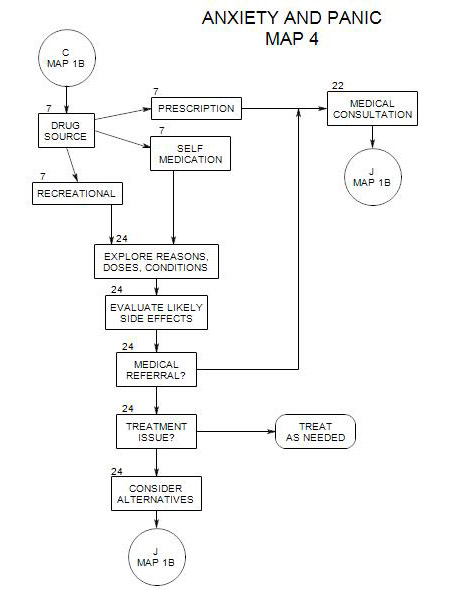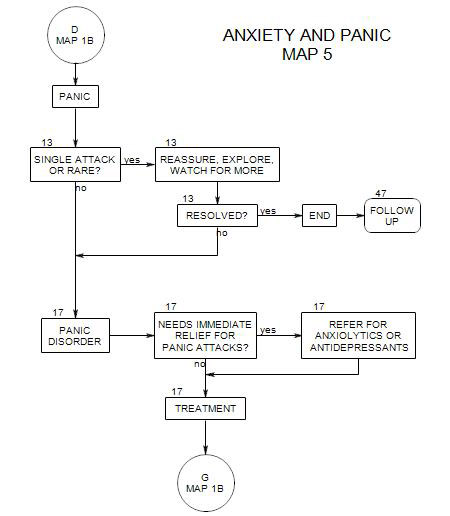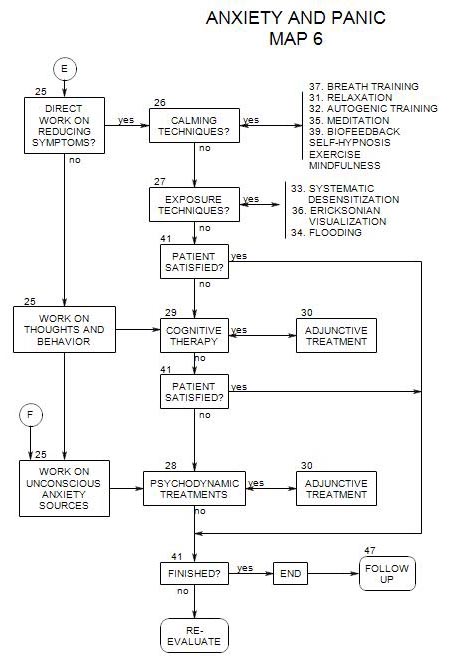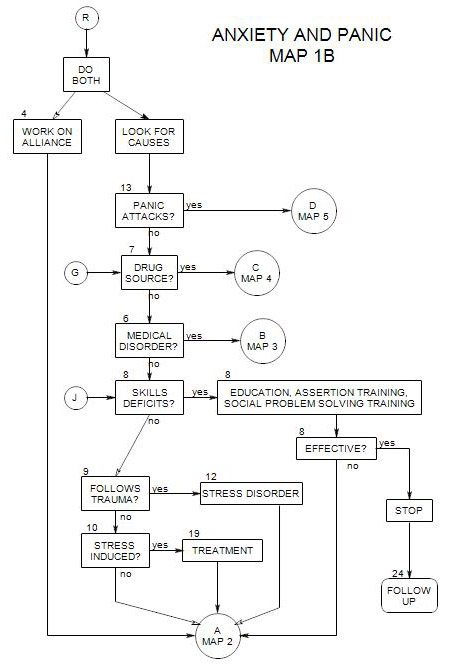
SECTIONS: 4 | 6 | 7 | 8 | 9 | 10 | 12 | 13 | 19 | 24
- Follows Section 9 on Map 1B
A wide range of changes in a person’s life can precipitate a stress reaction that includes anxiety, behavior changes, psychophysiological effects, neurotic symptoms, etc.
Many authors follow the lead of Selye in describing stress as
-the nonspecific response of the body to any demand made upon it; a stereotyped, phylogenetically old adaptation pattern, primarily preparing the organism for physical activity, e.g. fight or flight. [Levi, p.9]
Levi goes on to say that-
These Stone Age responses, which may be provoked by a variety of psychosocial and other conditions of modern life, when no physical action is possible or socially acceptable, have been suspected of eliciting physical and mental distress or malfunction, or even structural damage.” [ibid,p.9]
In fact, there is evidence to support the idea that any change is potentially stressful, whether positive or negative in the person’s estimation, and that a series of changes can compound to produce greater stress than any subset of them. Even events that appear relatively minor to others can be stressful to the person experiencing them.
Stressful events can include-
- moving to a new home, town, state, country.
- not moving, when a move is desirable.
- getting divorced.
- getting sick or being in an accident.
- having a relative or friend get seriously sick or die.
- getting married.
- having a child.
- changing jobs.
If you are unsure of the reasons that a person appears anxious, a list of major life-changing events that he/she has experienced within the past two years can be helpful.
Common major life-change events have been listed and scaled by Richard Rahe and his collaborators. These common events and their scale values comprise the Social Readjustment Rating Scale, Developed by Holmes and Rahe. One source for a copy of the items with their stress scale values is the article “Stress [psychological] in Wikipedia. In a report on use of the scale, Rahe [1974] shows a direct relationship between subjects’ sum of scores for recent stressful events and their likelihood of getting sick.
Of course, events themselves are not stressful; stress is an internal reaction that can vary from person to person for the same or comparable events. The scale values presented by Rahe and others are averages for groups of subjects in research studies. However, the scale values do appear to apply for a wide range of people, and could be used as approximations for any one person. However, for clinical work, accuracy of event stress scaling is less important than identifying possible sources of stress that the person may not have considered as having an impact on his/her anxiety level. Once identified, these and other potential sources of stress can be examined clinically in more detail for relevance and possibly greater understanding.
Chronic Environmentally Induced Stress Reaction. This would imply a normal reaction to long-term, externally-imposed stresses, such as poverty, physical isolation, a dangerous neighborhood, job stress or extreme climate.
In some cases, the choice to remain in a stressful environment is itself indicative of disturbance and needs to be addressed. If the person is intimidated because of the prejudice of others, isolated because of devotion to a handicapped family member, or in a dangerous neighborhood because of poor language skills, the other issue or issues may be primary.
In any case, the consequences of chronic stress can be quite serious in the long run. Treatment possibilities are discussed in Section 9.
